Don't look now — it's already gone! Asteroid 2018 LA screeched into Earth's atmosphere only 7 hours after its discovery to create a Sun-bright spectacle over South Africa and Botswana.
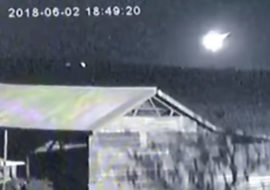
Barend Swanepoel
Richard Kowalski of the Catalina Sky Survey (CSS) has done it again! On June 2, 2018, he spotted an asteroid only hours before it came crashing down to Earth. The new object, designated 2018 LA, was first picked up by the Mt. Lemmon Survey (part of the CSS) at 08:14 UT, 8½ hours before it entered the atmosphere near the border of South Africa and Botswana at 16:44 UT. Kowalski observed the object using a 60-inch reflecting telescope located atop Mt Lemmon in the Santa Catalina mountains outside Tucson, Arizona.
Traveling to the east at about 17 kilometers a second, the meteoroid grew into a spectacular fireball. Witnesses described it as equal to the Sun in brilliance and accompanied by thunderous explosions — good signs that fragments of the object may have survived and landed as meteorites. 2018 LA is an Earth-crossing asteroid (no kidding!) belonging to the Apollo group, with an estimated diameter between 2.1 and 4.6 meters.
Meteor 2018 LA (ZLAF9B2) seen from a farm between Ottosdal and Hartebeesfontein, North West South Africa. Video captured by Barend Swanepoel of Ottosdal
Already, several meteorite hunters are en route to the region hoping to gather more eyewitness reports and other data that would help narrow the search for a possible strewnfield where pieces might be found. If you're reading this and live in the region or know someone who does, Mike Hankey of the American Meteor Society urges you to fill out this fireball report form as soon as possible. If pieces fell, hunters want to get the pristine material into the hands of researchers as quickly as possible to maximize the fall's scientific return.
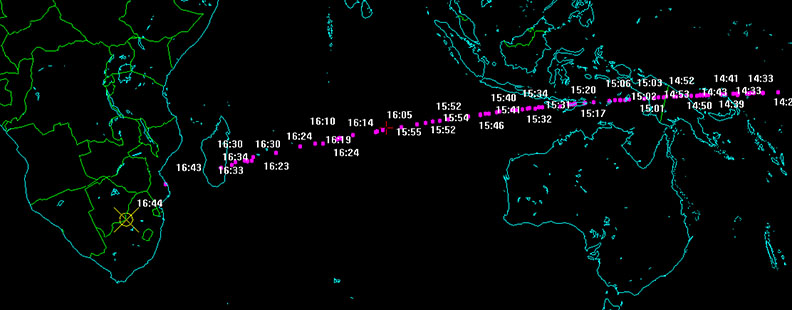
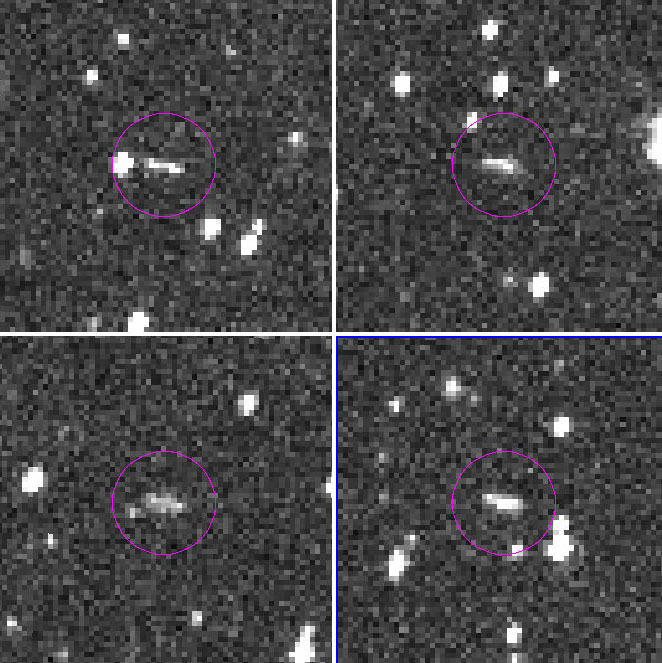
Catalina Sky Survey
This is only the third time an asteroid has been discovered on an impact trajectory. And all three were nailed by the survey's senior research specialist Richard Kowalski. 2008 TC3 was the first, a 4.1-meter object discovered on October 7, 2008. Nineteen hours later it exploded over Sudan's Nubian Desert, dropping more than 600 meteorites with a total weight of 10.5 kilograms. The parent body proved to be a bizarre mishmash of different meteorite types, from rare ureilites to common, metal-rich chondrites.
In this animation, we track the orbit of Apollo asteroid 2018 LA up to it fateful Earth crossing. When discovered the asteroid wore the temporary name tag, ZLAF9B2.
NASA / JPL
On January 1, 2014, Kowalski hit a second home run with 2014 AA, another Apollo asteroid estimated at 2 to 4 meters across. It was observed for only 70 minutes before it plummeted into the Atlantic Ocean northeast of Brazil about 21 hours later.
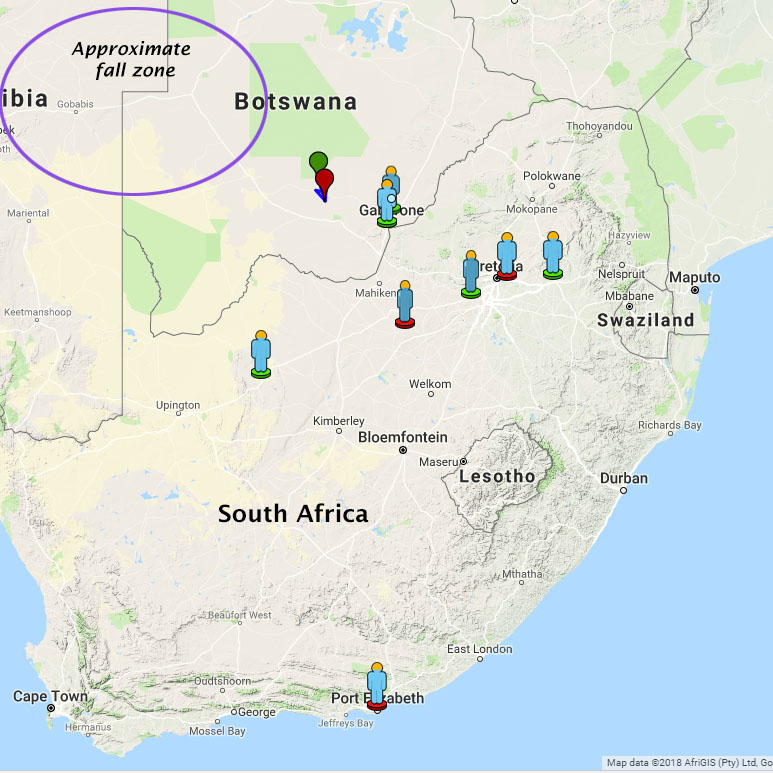
Google / AMS
Astronomers estimate there are a billion near-Earth objects, with several making Earth their new home every year. These "little ones" either crumble to dust or break up into harmless fragments; most end up in the ocean because water takes up 71% of the planet's surface. Only about 5 to 10 falls are witnessed, located, and collected each year.
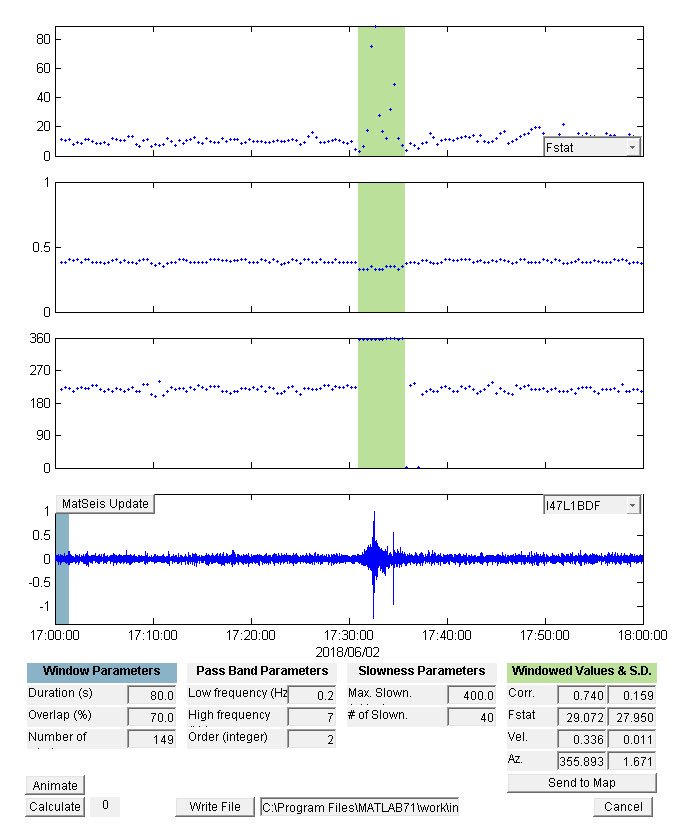
via Peter Brown's Twitter
2018 LA also left a sound bite. Peter Brown, meteor astronomer and planetary scientist, recorded a strong infrasound detection from the bolide breakup in South Africa at 17:30 UT with an explosive force of 300 to 500 tons of TNT. Brown writes that this corresponds to a 2-meter diameter asteorid. More information here.
We'll have more more information on the impact and whether and when any meteorites are found as it happens. In the meantime, watch your head.
 2
2









Comments
Graham-Wolf
June 6, 2018 at 11:55 pm
Phew ...
That was a quick event.
Would have looked very interesting on NORAD screens, for sure!
Thanks for the detailed heads-up on this, Bob...
Graham.W.Wolf at 46 South, Dunedin, NZ.
You must be logged in to post a comment.
Bob KingPost Author
June 10, 2018 at 10:50 pm
You're welcome, Graham!
You must be logged in to post a comment.
You must be logged in to post a comment.